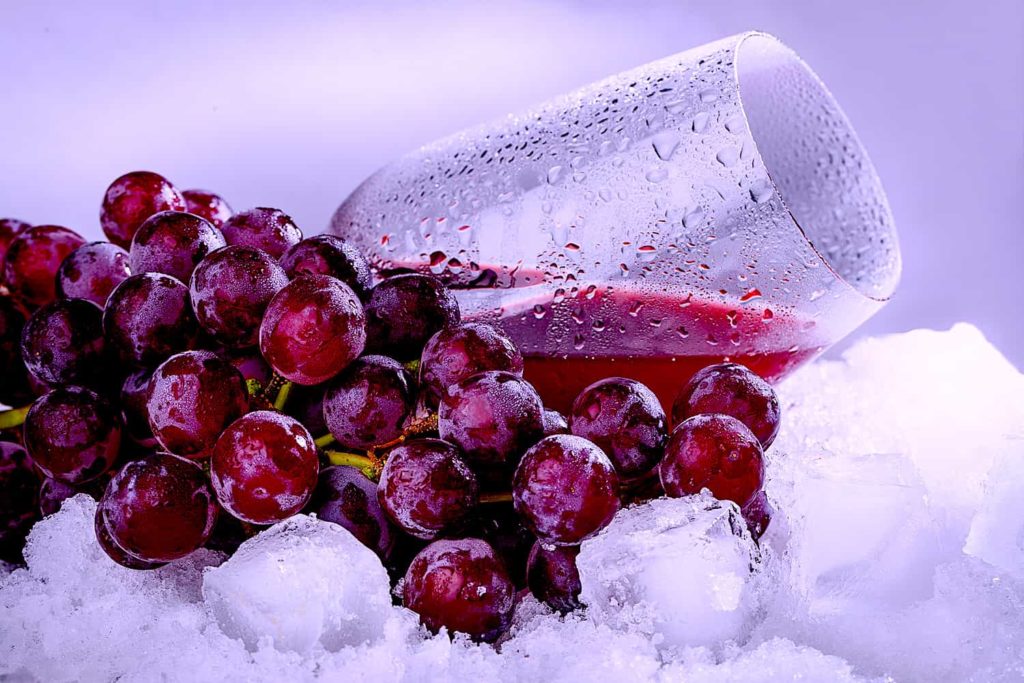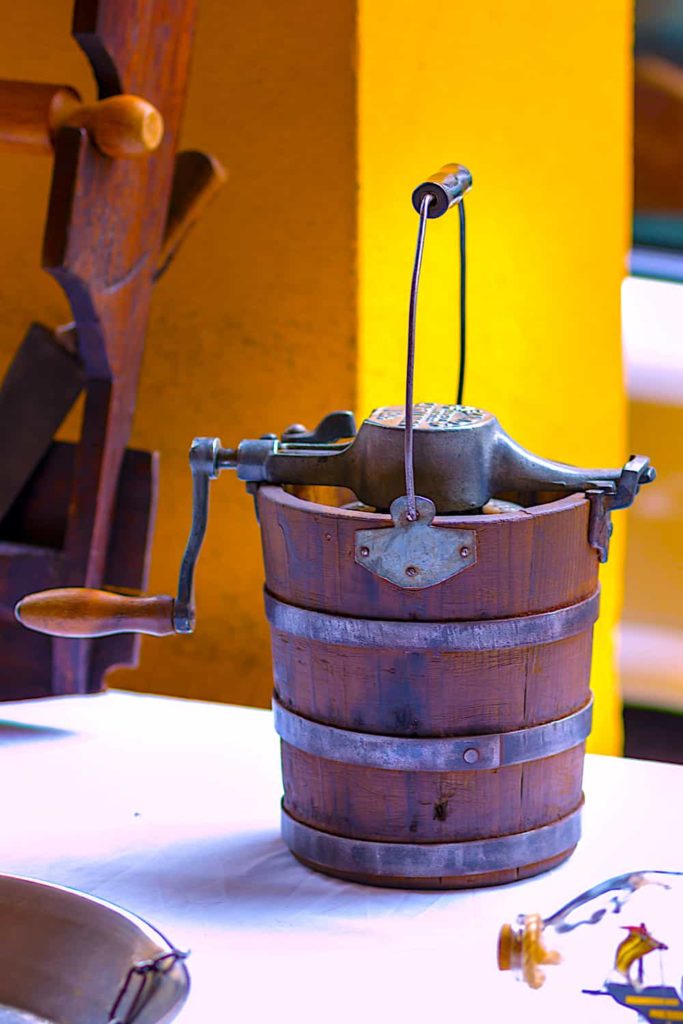
Ice Cream and the Invention of Summer, Part I
The old-fashioned Dairy Queen of my childhood hometown exclusively served ice cream treats. You ordered at a sliding window, and if you wanted to sit down with your soft serve, you could do so at a couple of picnic tables under the shade of a nearby tree. The Dairy Queen opened for the season just as the school year wrapped up in the spring and closed soon after classes began in the early fall. Given the unpredictability of the Minnesota climate, the opening of the Dairy Queen was a more accurate harbinger of summer than the weather.
Ever since then, ice cream has been synonymous with summer for me. I love ice cream in nearly all its forms. Having recently moved to a new city, I have had the good fortune of exploring the many local ice cream venues near my new home. I am now convinced more than ever of ice cream as a medium for creativity. In this three-part post, I explore the history of ice cream as a way of illuminating the imaginative potential of this frosty treat, not just for giants like Dairy Queen, but for individual ice cream lovers like you and me.
Precursors to Ice Cream
Frozen confections have a long and interesting history, every stage of which brims with creativity and innovation. What follows is a brief overview of that fascinating timeline, but if your appetite screams for more ice cream history, the volume Ice Cream: A Global History by Laura B. Weiss is an accessible place to start.
Several ancient cultures boast a history of frozen treats that predate ice cream, many of which resemble what we might now call “snow cones” or “shaved ice.” From ancient Japan and China to the Roman Empire, there is documentation of the aristocracy sending for snow from nearby mountains to be flavored with sweetened juices. Here we have the initial sparks of creativity in the development of frozen desserts. The definition of creativity is making novel connections for a productive outcome, and in this case, the concept is evident. People had been drinking juices for millennia, but the innovation came with mixing the sweet concoctions with snow for a refreshing treat.

One can imagine the novelty of consuming snowy refreshments in the heat of summer, especially in a time before air conditioning or refrigeration. These treats were only available, however, to those who could afford the labor-intensive processes. These frosty confections were not exactly ice cream, but the path of iced desserts began to be paved.
Roman emperors had their snow cones, and Marco Polo brought news of frozen confections back from his travels to the East, but iced desserts didn’t become popular in Europe (at least outside of the noble courts of the Mediterranean) until the sixteenth century. At this point, we have the increased use of dairy in the icy treats, especially in Italy. You didn’t need to be royalty to enjoy sorbet (no dairy), sherbet (little dairy), or gelato (more dairy, but less than ice cream), but you did have to be wealthy, as their fabrication was still very expensive.
Early Ice Cream in Britain and Its Colonies
By the seventeenth century, ice cream had made its way to England. The French chef of King Charles I introduced the treat to court. Charles loved ice cream so much, and was so jealous of it, that he paid the French chef large sums of money to keep the recipe a secret. For a time, only visitors to the royal court could enjoy the frozen delicacy, but soon enough, the secret spread to the chefs of other noble families in England.

Ice cream eventually made it to the British colonies in the Americas, but as was the case in Europe at the time, only the wealthy could indulge in the novel dessert. By the end of the eighteenth century, ice cream was popular among the aristocrats of the newly independent nation. George Washington spent exorbitant amounts of money on ice cream and Dolley Madison, the wife of President James Madison, famously served the dish at her husband’s inaugural ball.
The Changing Status of Ice Cream
The nineteenth century was a turning point in the history of ice cream. The frozen confection ceased to be an exclusively elite food when advances in its fabrication made it cheaper and more accessible. A woman by the name of Nancy Johnson invented the hand-cranked ice cream churner in 1846, and soon afterward, the commercial production of the treat began. These sparks of creativity and innovation ushered in a new age of ice cream. By then end of the century, soda fountains were all the rage, and ice cream became an important component of the desserts and drinks served in them.

With the developments in electric freezing technologies and the mechanization of the churning process throughout the 1920s and 30s, ice cream made another jump in popularity. Ice cream was produced and marketed on a much greater scale. The 1940s and 50s saw the birth of several national ice cream brands, including Baskin Robbins, Tastee Freez, and of course, Dairy Queen. Since then, Ice cream has become so widely available that it is difficult to imagine an age that did not have ice cream at the very center of its summer dessert options.
Continued Creativity
This broad overview provides glimpses into the creativity involved in the evolution of ice cream. This is not, of course, the end of the history of ice cream. As long as people love this frozen delight, the innovations will continue.
If we limit our thinking about the creative possibilities of ice cream to its origins and its manufacturing, however, we shut ourselves off to a wide array of imaginative prospects. We have not begun to explore, for example, the creativity of flavors, delivery methods (cones, sandwiches, etc.), or even ways of eating ice cream. In Part II of this post, we will continue to explore how we as individuals can take cues from previous innovations to bring our own creative twists to this delicious treat.

The true creative capacity of ice cream lies in its individual uses and presentations, as well as in the ways that aspects of our culture shape and are shaped by the frozen treat. Not everyone believed as a child that the opening of the local Dairy Queen ushered in summer, but many people do have vivid memories with ice cream at their center. What are your ice cream memories and gelato dreams? They just may be the key to unlocking the imaginative potential of your ice cream present and future.
Stay tuned for “Ice Cream and the Invention of Summer, Part II.”